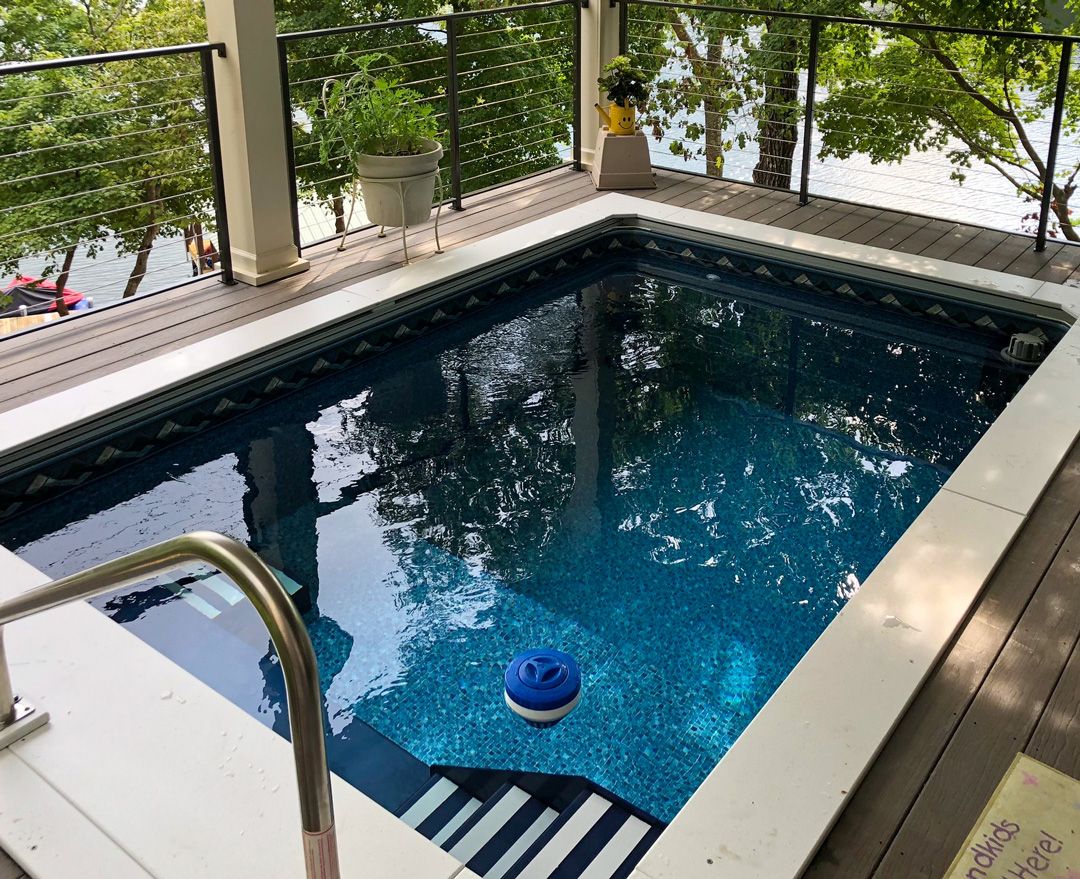Designer Custom Pools in bustling Los Angeles is exciting and anticipated. A professional Inground Pool Installer can help homeowners create a backyard retreat. Each stage of this sophisticated and nuanced process builds on the last to create a masterpiece of design and engineering.
The first step is extensive consulting and design. In this meeting, homeowners discuss their ideas, and the inground pool installer advises them on feasibility, aesthetics, and space use. These pros can use advanced design software to create 3D representations of the proposed pool, ensuring every detail meets the homeowner’s expectations.
After the design agreement, permits are sought. Pool construction in Los Angeles demands extensive documentation and compliance with strict building requirements. Soil tests, safety restrictions, and environmental concerns make this phase complicated. A skilled inground pool installation works with local authorities to get permissions quickly.
With permits, excavation begins. This phase starts with backhoes and other machines carving out the pool’s location. This phase sets the stage for everything that follows; therefore, it must be precise. Los Angeles’ flatlands and hillsides present unique challenges, but skillful hands may overcome any obstacle.
Pool shell construction follows. The installer’s approach will vary whether using concrete, fiberglass, or vinyl. Concrete pools are sprayed with gunite or shotcrete for durability and flexibility to build a strong shell that cures over time. While fiberglass and vinyl have different installation processes, they offer advantages, including faster installation and lower prices.
After shell construction, plumbing and electrical systems are carefully installed. The pool’s pipes and wiring power lighting, circulate water, filter, and heat it. This system’s complexity requires hydraulics and electricity expertise, which Los Angeles pool installers have.
After technical aspects, pool finishing aesthetics are considered. Natural stone, porcelain, concrete, wood tiles, coping, and decking are featured. This step is crucial because it shapes the pool area’s appearance and blends it with the home’s architecture and landscaping.

